Focus Group Interviews, what are they?
Focus group interviews are one of the most essential tools for qualitative market research. A group of people are selected and asked about their perceptions, opinions, beliefs, and attitudes towards a product, service, concept, advertisement, idea, or packaging.
The environment is interactive where the participants are free to talk and encouraged to discuss things with each other.
Let’s jump into the the top 5 ways to record better focus group interviews then.
1. Give Clear Instructions to Interview Participants

It’s always a good idea to talk to all the participants in a focus group and give them clear instructions on interview decorum before the recording starts. Things like wait for a person to finish, speak slowly and enunciate clearly etc. While this may seem like a small formality, it can pay massive dividends in terms of time and money saved down the line.
Just as an example, if you were to get your interviews transcribed, many high quality transcription services will charge you up to $0.40 per audio minute extra on average for difficult audio files. A quick simple calculation tells us that over 100 minutes i.e. 100 x $0.40 = $40 is what you may be paying extra for difficult audio.
Now, if you have a large project worth thousands of minutes, how much more money have you spent simply by not laying down some guidelines for focus group interviews in advance?
2. Record in a Quiet Place if Possible

We know participants want to hang out and talk in a cafe, bar, restaurant, public park etc. I would too! Free coffee and a bagel, are you kidding me?
But by choosing any of the aforementioned places as the venue for your focus group interviews, you’re making things extra tough for not only the transcriber, but also yourself.
First of all, if you’re taking field notes, good luck on that with multiple participants in a noisy restaurant.
Secondly, if you’re transcribing yourself or hiring a transcriber, not only will the transcript take longer (2-3 times longer on average), it will have more errors, which you may or may not have to spend extra time cleaning up afterwards.
3. Choose the Best Recorder or App You Can
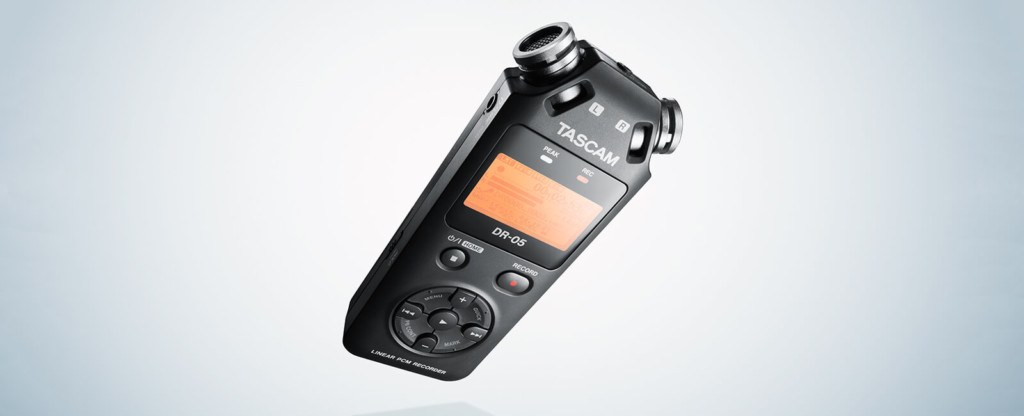
Sometimes, equipment, or the way you use that equipment can also make a difference. If you’re going to be doing this often, it makes sense to maybe invest in a digital recorder.
There are also several great free and paid audio recording apps for smartphones these days, which if you take care of other aspects of an interview, will do the job just fine.
Watch this space for future recommendations for the best Apple and Android apps for recording focus group interviews.
4. Make Sure Your Recorder or Smartphone is Fully Charged
This one is a no-brainer. Focus group interviews can run long hours depending on your project and the number of questions you’re going to ask.
In any case, going in to record an interview with 50% battery is never a good idea.
Make sure your device, whether a digital recorder or a smartphone, is fully charged before you press the record button. Running out of juice can create unnecessary delays. It’s also a good idea to carry power banks or portable chargers if need be.
5. Make Test Recordings and Keep a Backup Device
If you’re new to this, you should do a few test runs to see if you run into any trouble. Even if you’re a seasoned, veteran interviewer, it makes sense to do a few last checks to make sure your recorder or app is recording.
This means that if you do run into trouble, testing beforehand gives you enough time to refer to the recorder/app’s manual or website, or keep a backup recording device just in case.
Done with Recording your Focus Group Interviews?
Now What?
Transcribe Your Focus Group Interviews
Even if you’re amazing at taking field notes, you can only go so far with multiple participants.
When you’re doing qualitative research, it’s much easier to scroll to the exact question or section you want, or press Ctrl + F in a transcript (usually a Word document) and find what you’re looking for.
Compare that to rewinding and forwarding an audio file for the interview all the livelong day to get to the exact question or answer. Yes, it takes forever.
You can also copy large chunks from the transcript and paste them straight into your doctoral thesis.
Challenges with Transcribing Focus Group Interviews
When you put a couple of people in a room and ask their opinion on various topics, things can get emotionally charged and result in overlapping conversation.
This creates issues for the untrained ear and can be quite taxing on the brain to accurately decipher between several voices talking over each other.
However, an expert transcriber can help with that.
Why Does Accuracy Matter?

Higher accuracy saves both time and money.
When you pay $60-$70 for transcription of a one hour interview, do you want to spend 3-4 hours proofreading the transcript again?
Wouldn’t it be better if you can rest assured that the transcript is as close to 100% accuracy as humanly possible?
This is where a transcription services company with 5 star reviews is miles better than a freelance transcriber who will oftentimes be much cheaper. But you’re paying with your time by double checking any errors the transcriber may have made.
Second Opinion
Furthermore, with a freelance transcriber, you only get one pair of ears and eyes to go through a transcript.
A transcription service usually hires transcribers and proofreaders. Once a transcriber is done with transcribing your interview, the transcript is proofread by a quality analyst (oftentimes with decades of experience) to ensure 99% accuracy.
What about DIY (do-it-yourself) Transcription?

If You Have Time to Spare, YES!
While audio transcription is straightforward, it does take a lot of time and effort. Especially if you’re not used to it and are not a fast typist.
To transcribe focus group interviews that are an hour long, it will take you anywhere between 6-7 hours with a transcription foot pedal. And 10-12 hours without a foot pedal.
Transcription foot pedals are a worthwhile investment if you’re going to do this often. Portability may be an issue, but they do save you time, oftentimes cutting the time in half.
Experience counts too. As the old adage goes, “practice makes perfect”, it applies to transcription as well.
A seasoned, experienced transcriber might run through an interview in half the time. Their trained ears will also catch more difficult words, even through overlapping conversations.
Try Automatic Transcription, but BEWARE
If humans aren’t your thing, why not try machines?
One problem though, voice recognition AI isn’t quite there yet, even more so for focus group interviews.
Even though Alexa, Siri and Google can all understand your queries when you’re talking directly to them, introduce even a little background noise or crosstalk and the listening accuracy goes out of the window.
Even something so clearly audible like the Joe Rogan Experience podcast, when run through voice recognition AI can have disastrous results. Our post on the best transcription speech recognition software for 2019 delves deeper into the topic.
Take a look at the JRE video below, and then click to show sample machine transcript below it. Context is something AI still struggles to understand when there’s more than one person talking close to the microphone.
If you’re not convinced that machine transcription can help you.
Or you don’t have the time to transcribe your focus group interviews yourself, why not let us help?
More information below:
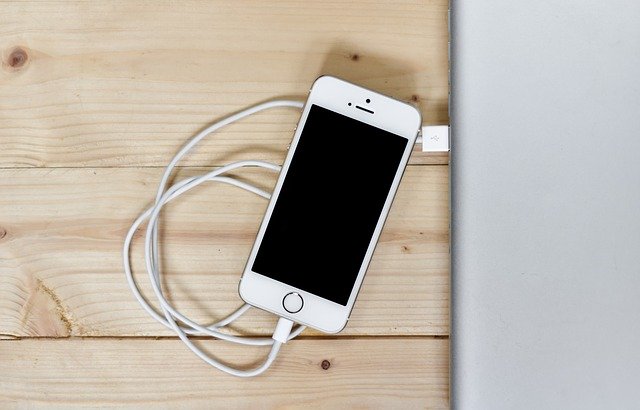
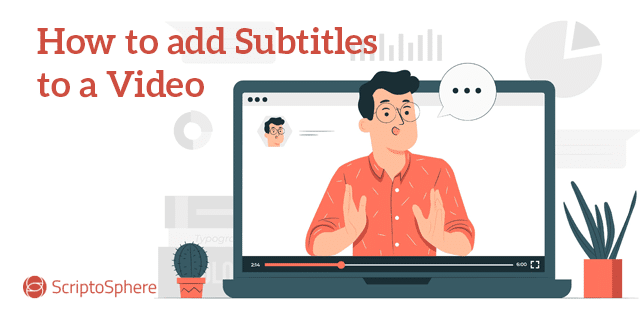
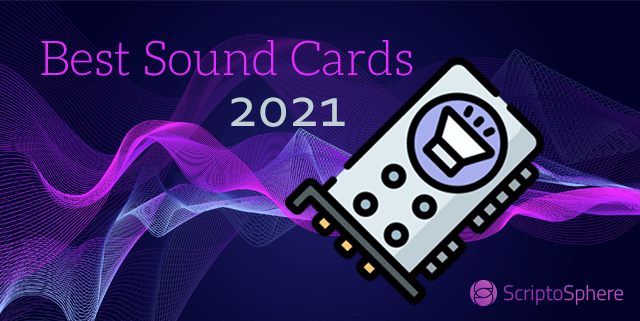
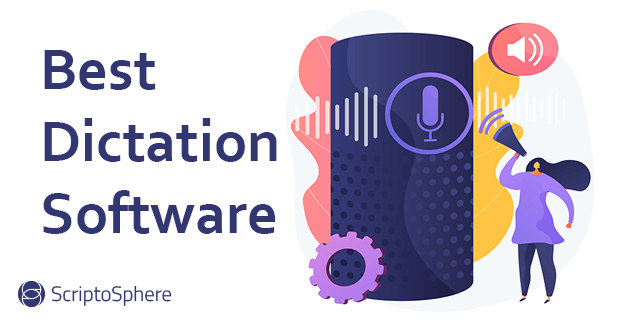
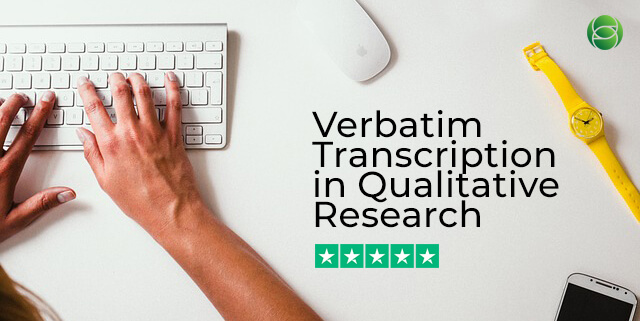
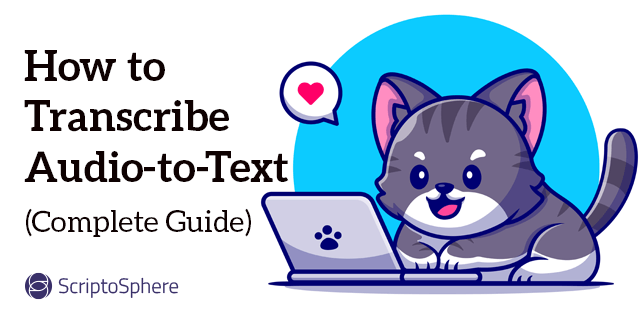
Leave A Comment